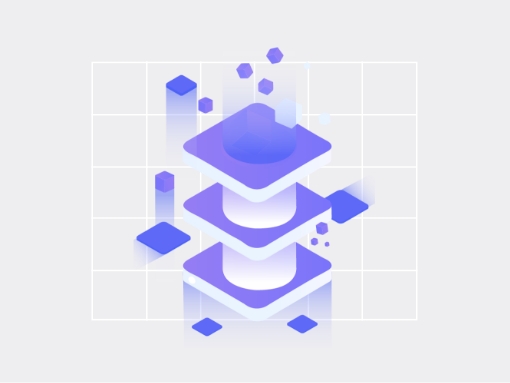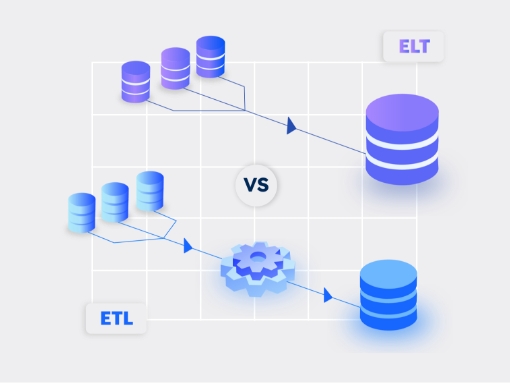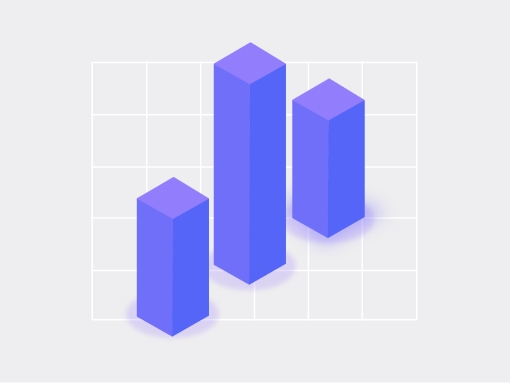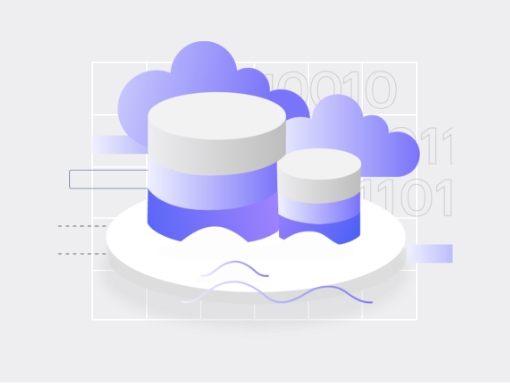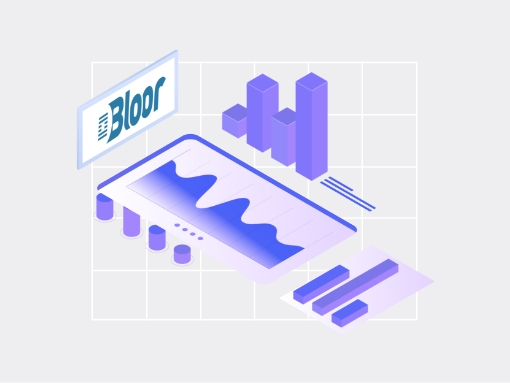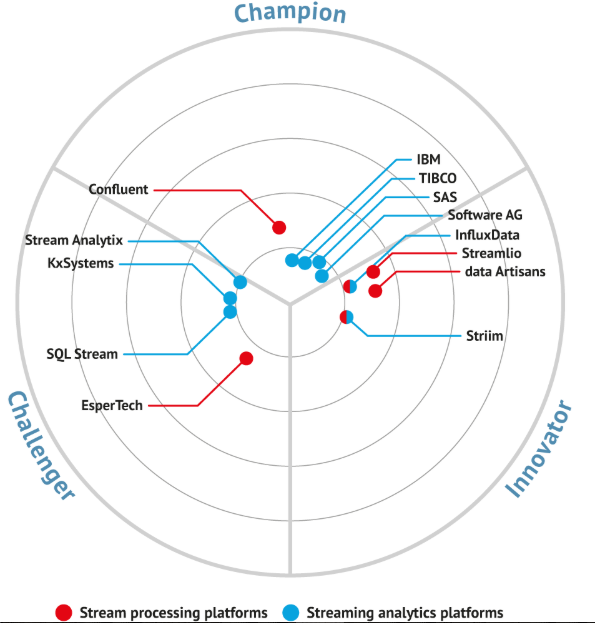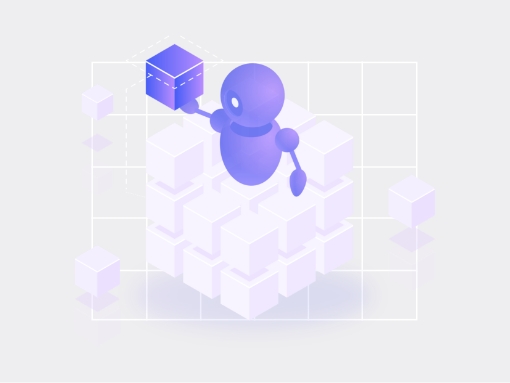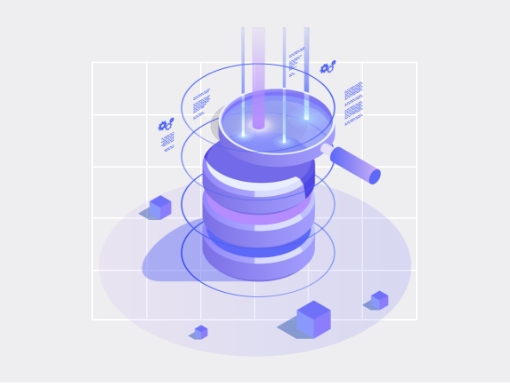As data volumes continue to grow, enterprises are constantly looking for ways to reduce processing time and expedite insight extraction. However, with traditional databases and batch ETL processes, performing analytical queries on huge volumes of data is time-consuming, complex, and cost intensive.
Change Data Capture helps expedite data analysis and integration by providing the flexibility to process only the new data through a smart data architecture, thus incrementally computing updates without modifying or slowing down source systems. This enables enterprises to reduce overheads, improve hardware lifetime, and ensure timely data processing without facing the limitations of batch processing.
That probably sounds like an oversimplified solution to a very complex problem. So, let’s break it down.
Data extraction is integral to data warehousing and data is often extracted on a scheduled basis in bulk and transported to the data warehouse. Typically, all the data in the data warehouse is refreshed with data extracted from the source system. However, an entire refresh involves the extraction and transportation of huge volumes of data and is very expensive in both resources and time. This is where Change Data Capture plays an important role by replicating data in a big data lake with incremental computing updates without modifying or slowing down source systems.
This makes it easy to structure and organize change data from enterprise databases to provide instant insights. Gathr allows you to ingest, blend, and process high velocity big data streams as they arrive, run machine learning models, and train and refresh models in real-time or in batch mode. There are two parts to a Change Data Capture solution with Gathr :


